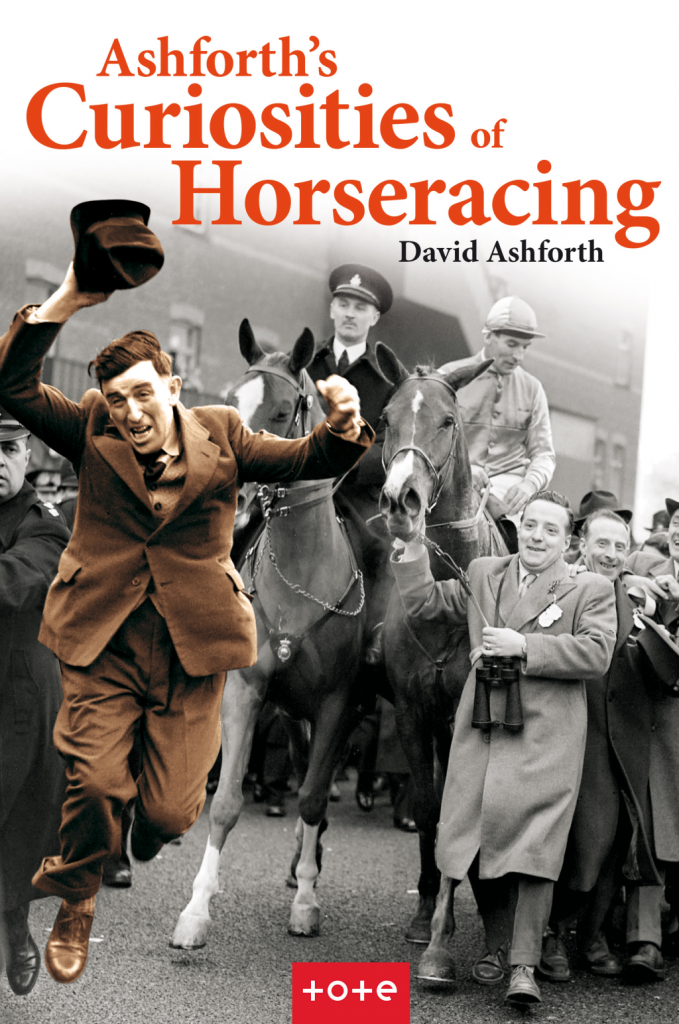No racing follower of the Epsom Derby forgets Mill Reef. What he achieved on the racecourse was extraordinary but there was something else about Paul Mellon’s champion, the way he was, that grew his following.
Julian Wilson, the BBC TV’s long-time presenter, not an obvious romantic, wrote that “to know him was to love him,” which is what his trainer Ian Balding and groom John Hallum did.
Mellon bred Mill Reef at his Rokeby Farm in Virginia and named him after an exclusive club next to his winter home in Antigua. A committed Anglophile, the inheritor of a banking fortune and one of the richest men in America, Mellon chose to send Mill Reef to Balding’s Kingsclere yard, near Newbury.
The new arrival was on the small side but neat, compact perfection, with a strikingly easy, athletic action and an endearing temperament. It did not take long for those close to Mill Reef to be in awe of him. For the two-year-old’s first piece of work, in February 1970, Balding told Hallum to lead his group of four colts and then go a half-stride faster. When Mill Reef drew effortlessly clear of his hard pressed companions, Balding assumed that Hallum had gone too fast and told him his instructions were to just canter. “Guv’nor, I was only cantering.”
Another piece of work before Mill Reef’s debut at Salisbury in May produced another astonishing display. Yet impressive work at home is not always repeated on the racecourse; it was by Mill Reef. At Salisbury he brushed aside Fireside Chat, the 9-2 on favourite, who had recently won impressively at Newmarket. Mill Reef then won the Coventry Stakes at Royal Ascot by eight lengths. Uneasy about running him in the Gimcrack Stakes at York on heavy ground, Balding was persuaded by Mellon to run, and Mill Reef sauntered to a 10 length victory.
He rounded off his juvenile season by winning the Dewhurst Stakes impressively, by four lengths. Those were not ordinary victories. Mill Reef, readily identifiable in Mellon’s familiar black colours with a gold cross, and wearing a sheepskin noseband, made mincemeat (see curiosity 2) of his rivals and merited adoration from his fans.
Balding believed that Mill Reef was “an out-and-out two-year-old performer,” rather than one likely to flourish as he matured. There were plenty of examples of top class two-year-olds overtaken by less precocious horses but Mill Reef was a regular surprise.
The 1971 2000 Guineas was billed as a duel between the good little one – Mill Reef – and the good big one, the unbeaten My Swallow, who had narrowly bettered Mill Reef in the previous year’s Prix Robert Papin. At Newmarket, both were beaten by Brigadier Gerard. My Swallow had a disappointing season but Mill Reef and Brigadier Gerard proved themselves outstanding champions. While Brigadier Gerard was dominant at up to 10 furlongs, Mill Reef dismissed doubts about his stamina by sweeping up the Derby, Eclipse Stakes, King George VI and Queen Elizabeth Stakes and Prix de l’Arc de Triomphe.
As Balding observed, “Horses that win races like he did as two-yearolds don’t go on to be one and a half mile horses, and win the Derby. That was the phenomenon. The further he went, the faster he went. It was quite extraordinary.” Mill Reef started 1972 by strolling away with the Prix Ganay but then struggled to beat Homeric in the Coronation Cup, after which he succumbed to a virus. After a number of minor setbacks Mill Reef started his preparation for the Arc when, on 30 August, disaster struck.
In Balding’s autobiography, Making The Running: A Racing Life (2004), he recalled the sad episode and its aftermath. As Mill Reef came to the end of a fine piece of work, he was suddenly to be seen standing on three legs, with Hallum beside him. When Balding reached them, Hallum said, “Guv’nor, I am sure he has broken his leg – I heard a terrible crack.”
It got worse. When vet Barry Williams examined the near fore leg, he told Balding, “It feels like a bag of marbles.” Mellon, a likeable, modest and thoughtful man, according to Balding “the best owner any trainer could ever have,” reacted to the news by asking how Hallam was. A room at Balding’s yard was converted into an operating theatre and Jim Roberts, assisted by Tony Ward, carried out a seven hour operation. Mill Reef’s afflicted leg was put in a full length plaster cast, with iron splints made by farrier Tom Reilly. Fortunately, Mill Reef was an amenable patient.
The room would be his residence for several months, adorned by cards from well wishers, until he was eventually moved to the National Stud. There Mill Reef became an outstanding stallion, his offspring including Derby winners Shirley Heights (1978) and Reference Point (1987). Mill Reef, a Derby winner himself in 1971, ridden by G. Lewis, died in 1986, aged 17.
David Ashworth

About the Author:
If you enjoyed this extract, his latest book, Ashforth’s Curiosity of Horseracing looks at the people, events, horses, trainers, owners and jockeys that shaped the Sport of Kings. Twice voted Horserace Writer of the Year, he worked for The Sporting Life and Racing Post and, in the USA, was a columnist for the Racing Times and Daily Racing Form.
Ashforth’s Curiosity of Horseracing (Merlin Unwin Books) hardback £20 available online or from your local bookshop.
